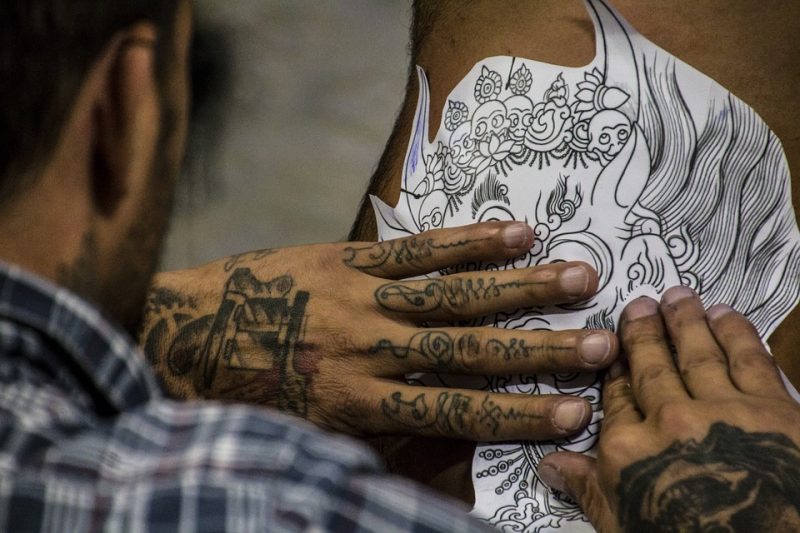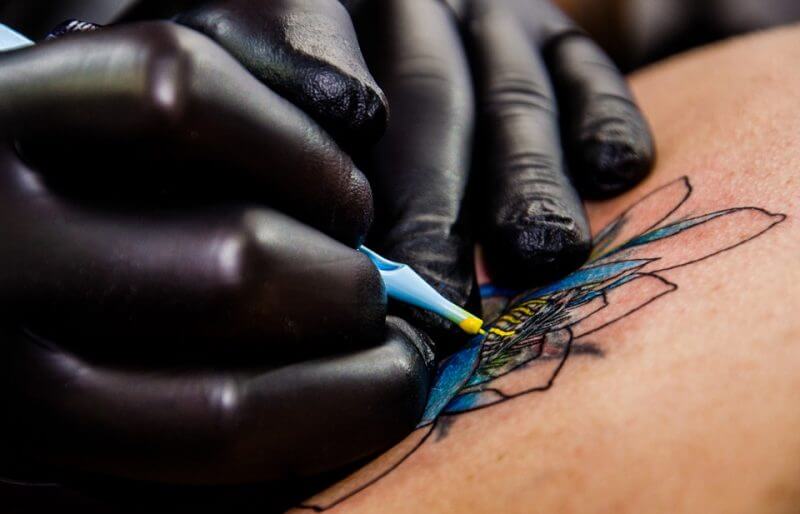
1. Pain, pain, pain
Getting a tattoo WILL hurt. Anyone who tells you otherwise is either lying or only has a one-inch tattoo on the wrist. The process involves multiple needles puncturing your skin in order to insert ink. We don’t know about you, but none of that sounds particularly pain-free.
The bigger the tattoo and the more elaborate the design, the more pain experienced. The location of the tattoo is also a big factor when it comes to the pain level (more on this below). Again, getting a tattoo will hurt. There will also be blood, obviously. So if you have an aversion to needles or blood or generally have a low pain threshold, we suggest thinking extra-hard about getting a tattoo.
2. The design
Don’t rush when picking a tattoo design. Just don’t. You might regret it as soon as the tattoo artist inserts the last drop of ink. You need to spend lots of time researching the design. You can check out all sorts of tattoos on Google to come up with ideas. You can even get a tattoo artist to help you with the design. Actually, the latter is recommended, especially if you want a really personal design.
People often go for meaningful tattoo designs. Like Bible verses, names of loved ones, personal mantras, and symbols that represent their lives. But you don’t necessarily have to go the meaningful route. The important thing is to go with a tattoo design that you won’t regret and won’t be ashamed of having.
In short, something you can be proud of. Even if it’s just a copied design. Let’s face it, there are really good designs already existing on other people’s skins out there, easily viewable via Google. So if you find an already tattooed design that you really want, go for it. If you want, you can ask the artist to make a few customizations to make it slightly different.
Still, when possible, go for an original and more personal design. It doesn’t have to make sense to other people. As long as it makes sense to you, then roll with it. Again, don’t be afraid to ask artists for their opinion when it comes to the design. They will be more than happy to give input.
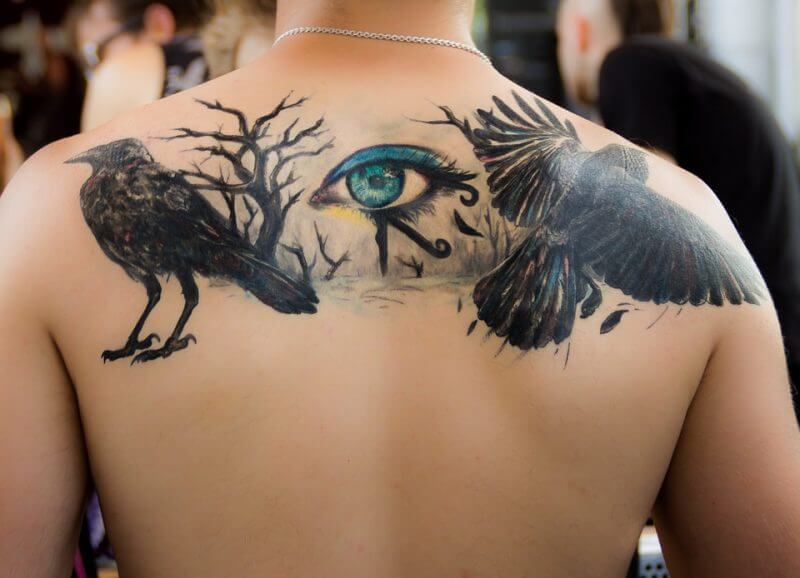
3. Tattoo placement
Deciding where you want the tattoo goes hand-in-hand with picking the design. There are certain designs that are best suited for specific body parts. The size of the design also factors into the location of the tattoo. For example, a landscape that shows a breathtaking view of Mount Fuji works best on the upper back, while a portrait of someone looks great either on the chest (for men) or on the triceps.
If you want your tattoo to be a private thing and don’t want other relatives pestering you with pointed questions during family reunions, you might want to get tattooed in areas normally covered in clothes. On the other hand, if you want everyone to marvel at your colorful tattoos, feel free to have them on usually uncovered areas like forearms and hands.
Another thing to think about is whether having lots of visible tattoos will hurt your chances of getting a job in the future. For example, if you want to be a real estate salesperson or any job that requires face-to-face interactions with clients, don’t even think about getting tattooed on the face. Some employers are conservative when it comes to tattoos. Don’t blame tattoo discrimination if you didn’t get that frontline job at Burger King because your face is covered with ink.
Most importantly, different locations produce different levels of pain. In general, getting tattooed in an area with lots of muscle or fat will hurt less than getting inked where there are lots of bones. For first-timers, we definitely don’t recommend getting a tattoo on the ribs. It is considered one of the most painful experiences ever. Please trust us on this one.
4. Reason for getting one
There are many possible reasons why people get under the needle and get inked. Some get tattooed because they appreciate it as a form of art. Some get tattooed as a show of love or infatuation. Some get tattooed to openly show rebellion. And some simply get tattooed because they think it’s really cool.
Before getting a tattoo, consider why you want one. You don’t necessarily need to come up with an overly sentimental or profound reason to get a tattoo. Just make sure that whatever reason you come up with, you will be able to stand by it. And, definitely, don’t allow other people to make the decision for you. Other people can inspire you to get inked. But the final decision still rests in your hands.
Getting a tattoo is a permanent investment. Going 180 when the tattoo is already set in place will be costly. And by “costly,” we mean paying more money for tattoo laser removal. If there is even the slightest hint of hesitation inside you, don’t go for it. Mull it over again and make the ultimate decision after another round or two of thinking.
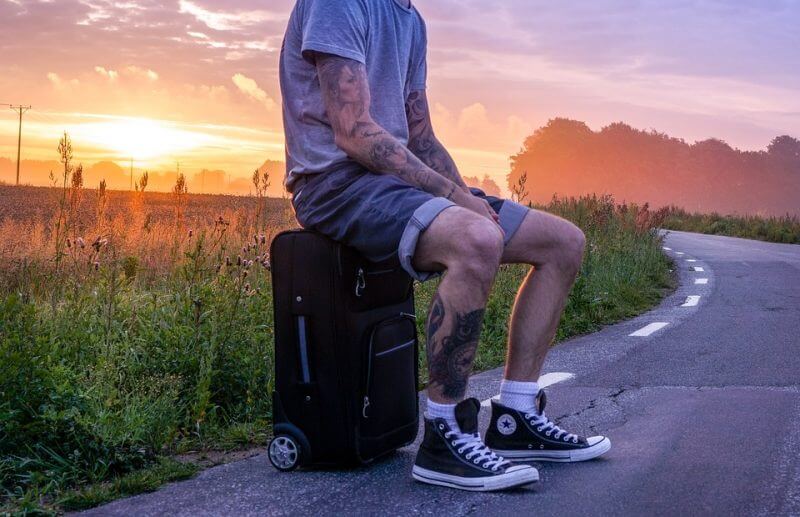
5. Timing is everything
You can walk into a tattoo shop and get inked anytime you want. No one is going to stop you from doing that. But there are optimal times to get a tattoo. The best time to get a tattoo is during Fall or Winter when people typically have more clothes when outside. This shields a newly inked tattoo from the sun, which is the sworn enemy of a new tattoo.
Too much exposure to direct sunlight will harm a fresh tattoo. Not only will it cause irritation, it could cause early fading as well. People tend to get tattoos during summertime in order to show it off to anyone within a 10-mile radius. This is perhaps the most common mistake first-timers commit. We understand that people want to flaunt a gorgeous-looking tattoo. But doing it while the wound is still fresh will do more harm than good.
If you want to show off a new tattoo in time for summer, get it during Fall or Winter. It will be fully healed by then. But make sure to still apply a healthy amount of protective lotion on the tattoo. Even when a tattoo is fully healed, too much direct sunlight can still speed up the fading process, which leads to early touch-ups.
Also, keep in mind that it is not recommended to go on swimming trips while a tattoo is still fresh. Okay, maybe you can go with friends. But definitely, don’t join in the water festivities. Just sit back away from the water and think about why you got a tattoo one week before a swimming trip.
6. Skin allergies
If you have a known skin allergy, no matter how minor it is, make sure to consult a doctor first whether getting a tattoo would be a good idea. You will never truly know how your skin will react to being drilled with multiple needles and having chemicals inserted into it until the ordeal is done. If the doctor says no but you still want to go ahead with the tattoo, be prepared to take full responsibility should everything go wrong.
There are different kinds of allergic reactions to tattoos. Some produce only minor and manageable itchiness or skin irritation. Some result in rashes or swelling. It can also result in small lumps forming around the tattooed area. Even if you don’t have a history of skin allergies or allergies in general, it would be wise to pay close attention to how your body reacts while getting tattooed. Call for a timeout as soon as you feel something unusual. And, if necessary, don’t hesitate to abort the mission.
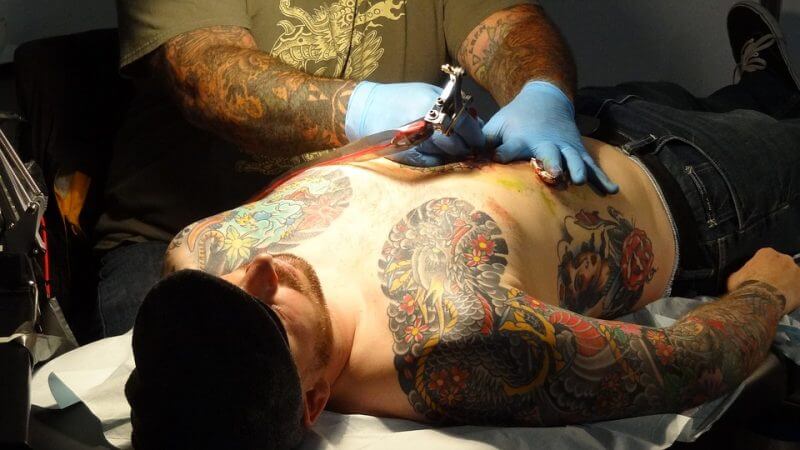
7. Artist portfolio and credibility
Before settling on a specific tattoo artist, make sure that you did research on his or her background. More specifically, his or her portfolio. Artists typically display their works inside the tattoo shop to allow customers to immediately gauge their skills. The internet has also made it a lot easier for people to look into artists. People can easily check feedback and reviews in social media pages and forums.
Not all artists are proficient in all kinds of tattoo designs, however. Some artists specialize in watercolor and abstract designs, which are very popular among younger people. Others specialize in traditional Japanese tattoos or black-and-gray tattoos. If you have a specific design, make sure to find an artist that really knows how to work on it.
Be careful when researching, though. There are artists who put up works that don’t belong to them in order to attract more customers. Having friends who already have tattoos is also an advantage when scouting for artists. You can ask them for referrals or recommendations. A good friend won’t let you fall into the wrong hands, so to speak.
8. Sanitation of tattoo equipment and shop
Whether you plan to get a tattoo via home service or in a tattoo shop, it is extremely important to make sure that the artist practices sanitation when it comes to tattoo equipment. You should be able to see where all the needles are being stored. When it comes to new needles, make sure that you actually saw the artist pull out a new one from a sealed package.
You can get diseases when an irresponsible artist uses needles previously used on other people. The same thing applies to gloves. An artist should be using a new pair of disposable gloves for every new customer. This prevents contamination. Last checked, getting a tattoo involves an opened skin and a lot of blood.
Check out the cleanliness and overall comfort level of the tattoo shop. Is it well ventilated? Is the tattoo chair comfortable to sit on? It is better if you can watch the artist in action to see how he or she rolls. It will give you a better look into his or her sanitation practices. Don’t worry, you won’t be charged for being a spectator.
9. Aftercare is equally important
One of the most common mistakes newly tattooed people do is neglecting proper aftercare. Many spend more time flaunting it outside under the glare of the sun than actually taking care of it. A new tattoo is basically still an open wound that needs the right aftercare in order to fully heal.
You will need to wash it several times a day with an antibacterial soap, preferably an unscented one to avoid skin irritations. You will need to need to regularly apply healing ointment and moisturizer on it. You will be fighting the urge to scratch it every minute when the “old skin” is starting to peel away.
These are just some of the things that artists tell customers, which are necessary in order to make sure a tattoo heals right and looks right. You can’t just skip them and call it a day. Now, if you think all the aftercare is too much work, then getting a tattoo is not for you.
10. Getting a tattoo isn’t cheap
Last but definitely not the least to consider is the cost. Getting a tattoo isn’t exactly cheap. Even the smallest tattoos can easily run for $20-30 a pop. The price of a tattoo largely depends on the size, the level of detail of the design, and the colors used. An artist with a well-established name and background also charges higher than normal.
The mode of payment depends on the artist. Some ask for a fixed price after taking into account the tattoo design and the amount of labor and ink needed to complete it, while others simply charge per hour. It is up to you to negotiate the mode of payment – not the amount.
You should never ask an artist for a discount or a bargain. The act is considered disrespectful. Getting a tattoo isn’t like shopping at a flea market. How would you feel if your boss asks you to work for a lower pay than usual?
Be prepared to cough up money when getting a tattoo. For particularly large tattoos that cover entire body regions, it is okay to pay in installments. Just make sure that you have a clear arrangement with the artist to avoid misunderstandings.
One last thing to remember when it comes to tattoos: You get what you pay for.
